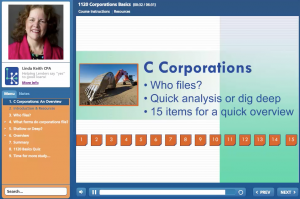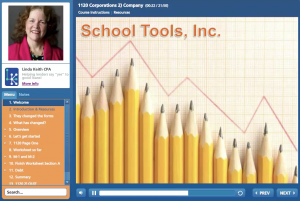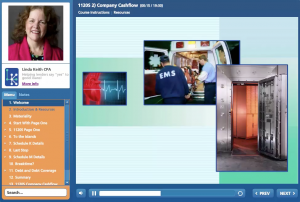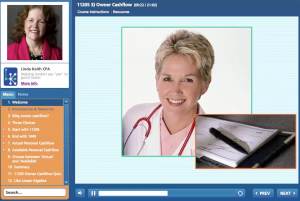Fred asks:
Normally a loss from a C Corp is used as a reduction in the qualifying income of an individual. However, if the C Corp still shows a positive balance in retained earnings, even after the reported loss, can the loss be disregarded?
Linda says:
I love that you are trying to be creative, Fred. But in my view, the balance in retained earnings does not have anything to do with the impact of corporate cash margin/(deficit) on the loan decision. In fact, it may not have much of anything to do with much of anything.
It depends on who are you lending to.
If you are lending to the corporation (C or S) the purpose of considering the loss, adjusted for five of the “Six Ns” (noncash, nonrecurring, non taxed, non deducted, new) is to determine your best guess as to whether the company can afford the debt they have plus the additional debt they are requesting. We compare the result, Cash Flow Available to Pay Debt, to the annual debt payments to determine Debt Coverage Ratio. Debt payments do not get paid from taxable income or retained earnings, they get paid from cash flow.
But it sounds like you are lending to the owner of the C or S Corp. If so, how you treat their share of the corporate cashflow (margin or deficit) likely depends on their % ownership. If low (typically less than 20% or 25%) you may solely be interested in what they actually take home from the corporation, as evidenced by wages and, if an S Corp, distributions. You might feel that represents your best guess as to what is available to them.
If higher, you may want to determine their share of cash flow available from the C or S Corp, especially if the company is running a deficit. Consider if the company has a deficit in cash flow, you may not want to count on even the payments the owner received last year as continuing.
Finally, if you are lending to another business, and this C or S Corp is also owned by the person guaranteeing your loan, and you are doing a global analysis combining owners and the company, your guidelines need to tell you whether to use the owner’s actual cash flow in their personal cash-flow calculation (wages and distributions) or a % of the C or S Corp cash flow. The question is which provides you the best estimate of the future cash flow of the owner.
It does not depend on taxable income.
Notice in none of those scenarios do I use the taxable income until I have adjusted it to a cash flow figure. Cash flow pays the bills, not taxable income.
It does not depend on the balance in retained earnings.
We are using the annual cash flow impact from the business, plus or minus, because that is what impacts an individual owner’s ability to pay their debts. Positive retained earnings is not a cash reservoir waiting to be tapped by the owner. If anything were to influence me, it would more likely be cash balances. The more liquidity they have in the business, the more the business can absorb an occasional cash shortfall.
I’d also be very interested in whether this cash shortfall was unusual, typical, or a trend. You will probably need three year’s tax returns to form an opinion.
More on corporations?
At Lender’s Online Training we have three modules on c-corporations and three on s-corporations. Check them out!






